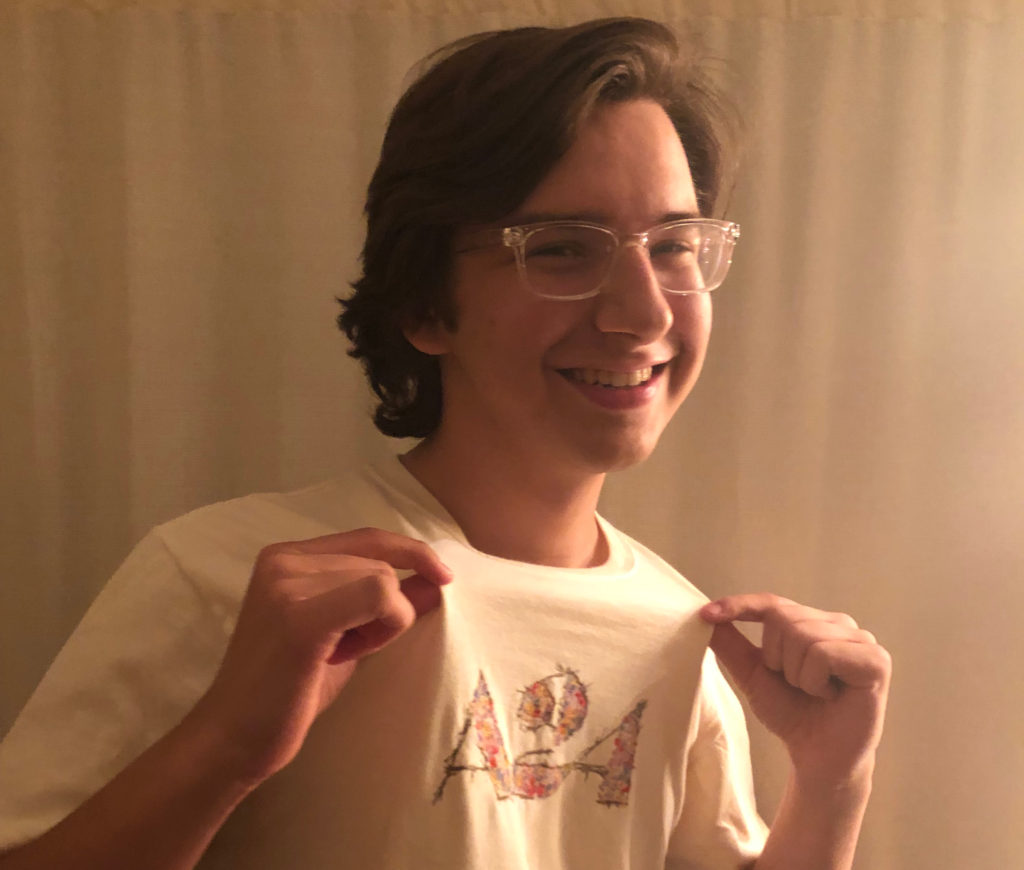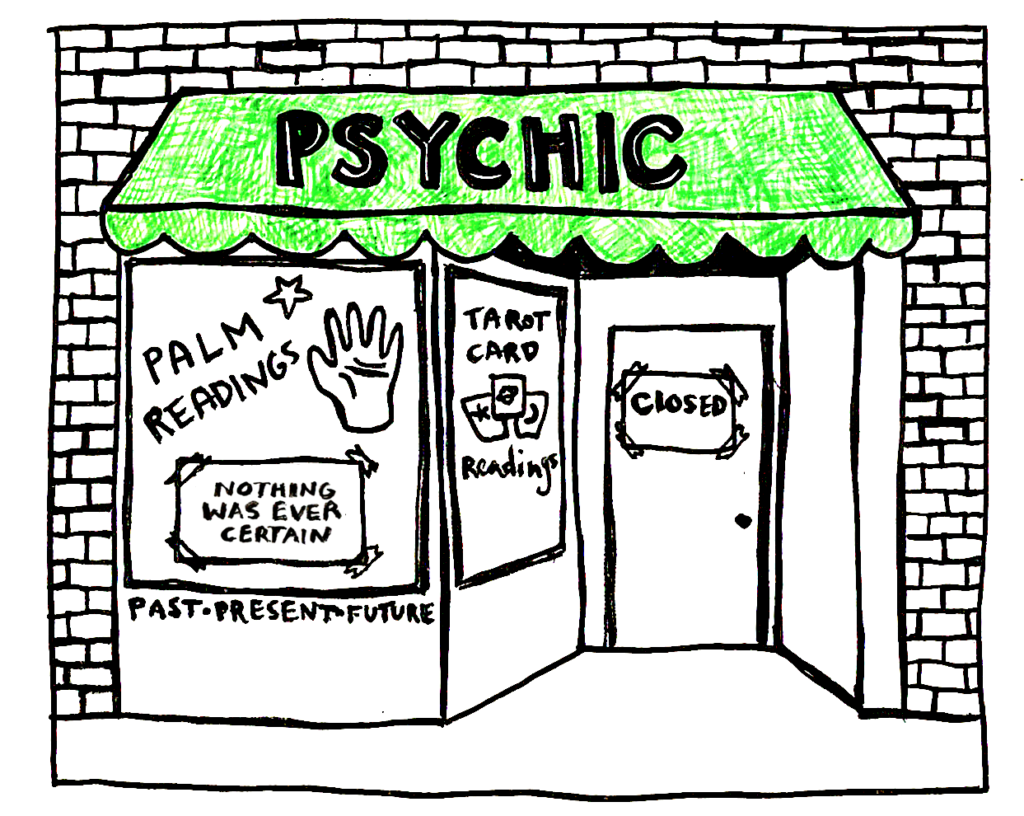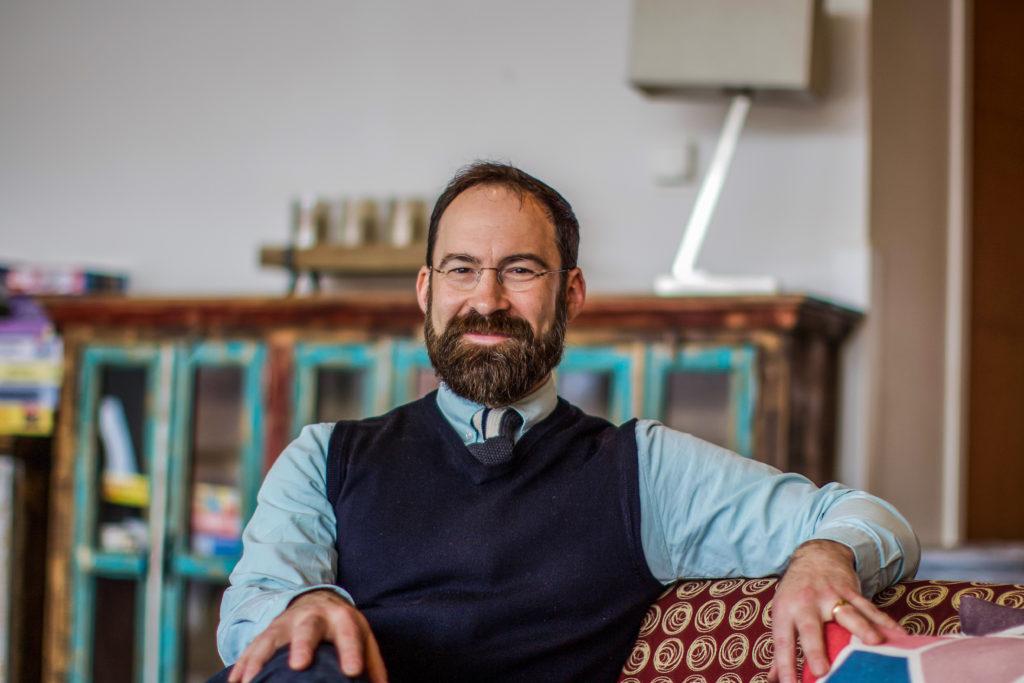CW: Description of suicide and violence.
On October 4 at 7:00 and 9:30 in Harris Cinema, you can catch a screening of “Midsommar.”
About halfway through my viewing of “Midsommar,” I began to wonder how I would describe it to other people. I’d seen the first act in its entirety and the plot was just starting to get fucked-up in a way that made you know it would be something you’d remember and cherish. I decided on three words to describe it: “a wretched masterpiece.”
Obviously I knew what I was getting into. I didn’t know much about the content of the film beforehand, but I knew I was seeing an Ari Aster film. I am a huge fan of “Hereditary” and have rewatched it several times. I knew “Midsommar” would be gruesome and shocking, and in that fucked-up way we all feel while sitting in the audience before a horror film, I was excited for it. But something about “Midsommar’s” violence felt more jarring and manipulative than “Hereditary’s.” I suspect it has something to do with both the cinematography and plot of “Midsommar.”
In “Hereditary,” all of the violence takes place under the cast of dark, moody lighting. “Hereditary” feels and looks like how you’d expect a horror movie would. We’re used to seeing violence in horror movies, and we’re used to seeing horror movies with dark lighting. Violence and gore is nothing new, but we expect it to be cast against a dark background. In contrast, “Midsommar” unfolds almost entirely in broad daylight, making the violence so much more jarring. The incredibly clean and Wes Anderson-esque design and cinematography alienate and disorient the audience.
It’s not acts of violence that are most jarring—the images are certainly shocking, but we know they’re coming. I take most offense with “Midsommar’s” relentless efforts to catch the audience off guard with random cuts to violent images, whether it be burning bodies of deceased village elders or the hallucinated corpses of the protagonist’s family. I always felt they were poised to sneak up on me to deliberately disrupt me from the plot and reminding me of what a fool I was to be shocked by them in the first place. This is where my feelings about “Midsommar” start to get complicated.
I don’t think there’s anything that makes this film particularly personal. I figure I’m pretty similar to most audience members who will see it. But unlike other horror films, you can’t just walk away from “Midsommar.” Most horror films are difficult to watch, but they also wrap up nicely. They might have a cliffhanger leaving room for a sequel, but the action de-escalates and a resolution is found. You might be left spooked for a day or two, but soon it disappears from your subconscious.
But “Midsommar” didn’t scare me. It completely baffled me. It doesn’t want you to be scared – it wants to consume you. And it does this extremely well, which is why I find it difficult to express my issues with the film. As soon as I started to get upset about it, I told myself, well, you shouldn’t have seen it, then. The movie undeniably made me feel the way that it wanted me to. It achieved its purpose. That has made me wonder, What exactly is the point of film? What are the responsibilities of filmmakers for the way they make their audiences feel?
I have a feeling that some of the reasoning for the disorientation “Midsommar” left me with is an element of its plot which initially only seems like setup. In the first fifteen minutes or so of the movie, we watch Dani, the protagonist, grappling with a murder-suicide committed by her sister. Much like the rest of the movie, this scene is graphic. The camera cuts to a firefighter in the garage, taking a key out of the ignition of the family’s car. This was all we needed to know what happened. But the scene carries on, following the firefighters into the house and up the stairs, showing us the painstaking premeditation that went into the act and then the graphic, morbid aftermath.
I firmly believe that suicide should almost never be depicted like this in film and TV. It’s exploitative and irresponsible. The scene is shot well, as is everything in this film, but for what? What does anyone get out of seeing the elaborate set-up of a murder-suicide? I understand that the intent is to shock and disturb, but it comes at the cost of knowing that you’re depicting acts of fatal violence without leaving anything to the imagination. It comes at the cost of knowing there may people in your audience with mental illnesses who have never seen such a depiction and now have the image in their heads and may find themselves returning to it and the possibility of them having a role in it.
I also take issue with this scene because “Midsommar” trusts its viewer and wants them to obsess about it. The plot lines are numerous and complicated and it is so rich with meaning that it is impossible to decide on any conclusive explanation. There’s really no easy interpretation of this film. So if Ari Aster can trust us to do the mental gymnastics of understanding his film, why can’t he trust us to understand the violence we’re witnessing without seeing it all unfold so graphically?
In the time I’ve had to ponder my initial reaction, I’ve found there’s another part of me that loves “Midsommar” in spite of its grey morality. This movie is so complicated that it has stayed with me in nearly every waking moment since seeing it. In the end I think it’s better to have a lot to say about a movie rather than to love a movie but not have much to talk about. I think film is about striking meaning into viewers and leaving them with something they didn’t have before. I disagree with the idea that films or any art form are forms of escapism—or, at the least, I don’t think they should be consumed that way.
There’s so much more to say about “Midsommar,” but I wouldn’t want to spoil it for you. Check it out for yourself at Harris this weekend.






















































